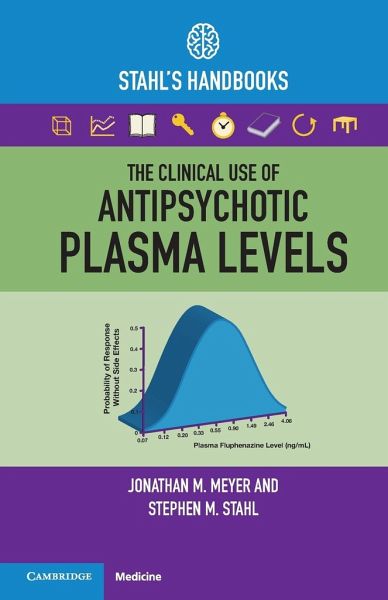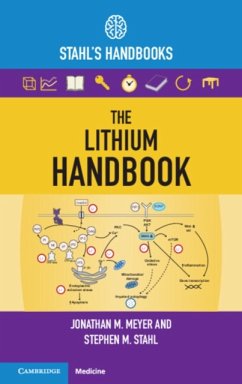
The Clinical Use of Antipsychotic Plasma Levels
Versandkostenfrei!
Versandfertig in 1-2 Wochen
75,99 €
inkl. MwSt.
Weitere Ausgaben:

PAYBACK Punkte
38 °P sammeln!
The first clinically oriented handbook on using antipsychotic levels for managing adherence and optimizing treatment effectiveness. Covers concepts of response threshold, the point of futility and correlations between antipsychotic dosages and trough levels. For all clinicians working with psychiatric patients receiving antipsychotic therapy.














